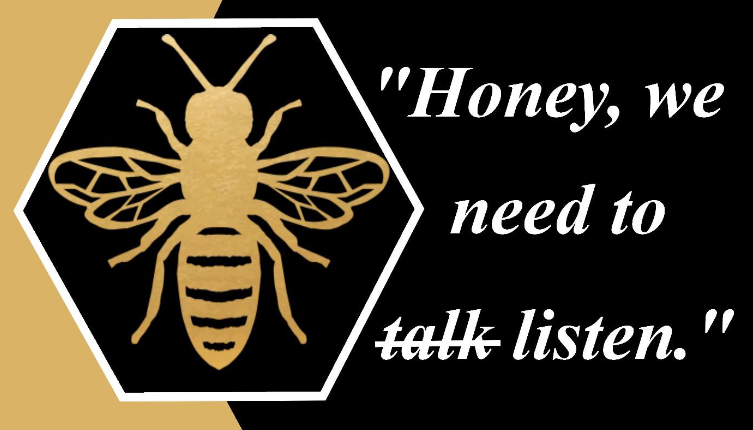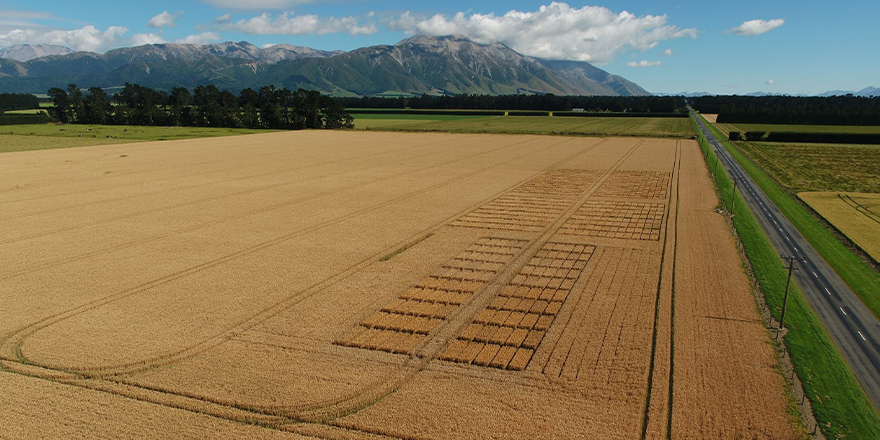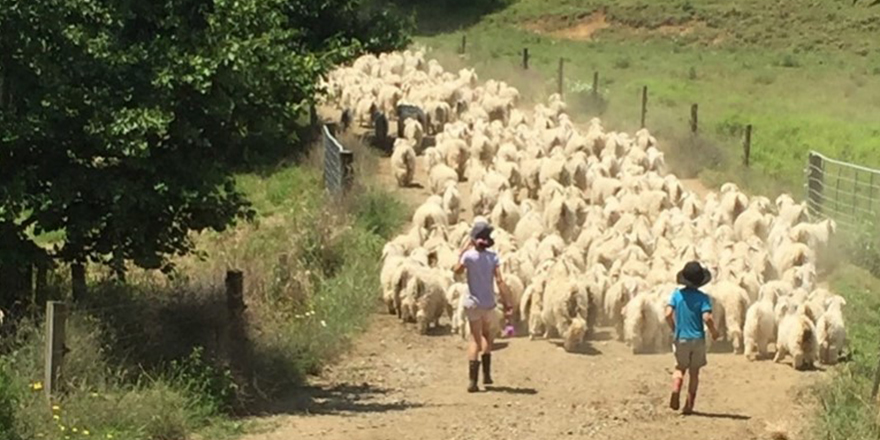
Executive Summary
New Zealand relies on bees to pollinate crops and pasture worth at least $5 billion annually to its economy. In 2019/20, honey export value reached $425 million. In July 2020, the Government released its Fit for a better world vision. While it did not separate the impact on the New Zealand honey industry individually, the numbers infer the industry is being tasked to add $65 million in export earnings cumulatively over the next 10 years. This task falls to the 935 export registered beekeepers (about 10% of total registered beekeepers) to supply Mānuka and/or non-Mānuka honey for export. So, how well is the industry set up to accomplish this task?
Industry members were asked via survey, what was working and not working in the industry across the six areas below. These areas were selected by applying a human psychology lens to understand the motivation behind the behaviour within the industry. Of the 57 respondents, over half indicated they wanted change across five of the six areas.
- Sustainable livelihood: 54.4% said the industry was not providing them with a sustainable livelihood, primarily because non-Mānuka honey prices have dropped below cost of production. They also voiced concerns about the oversupply of honey, the overstocking of bees, and the low demand for products like beeswax and propolis. Haar et al. (2017) explains income predicts work-life balance and job satisfaction, and concerningly, Stats NZ (2020) found average 2020 weekly wage and salary earnings in the industry was $1,090 per week, $259 per week less than average 2019 weekly expenditure. Respondents who were getting a sustainable livelihood from the industry credited Mānuka’s high prices and profitability, and their business acumen.
- Industry structure: 72.2% said having a more united industry would be an advantage. They believe “we are stronger together” and becoming more unified would mean more collaboration and agreed priorities, better influence over Government and regulators, and greater ability to enforce rules and stop the rogues and cowboys. Respondents happy with the industry structure cited having multiple organisations kept the others honest, ensured all voices are heard and allowed for personal autonomy. However, Coulet (2019) warns there should only be one industry body to represent the ‘voice’ of the industry as Government and regulators find it easier to talk to an industry body vs. every organisation active in the industry, and industry body board members must serve the interest of the whole industry (Boleat, 2001).
- Effective communication: 57.9% said the industry did not communicate effectively with them. They cited lack of an accessible national database, lack of communication, lack of one voice, lack of allowing their input, and lack of belief of information communicated were pressing issues. Laundry (2019) explains ineffective communication means important information can be misinterpreted, causing relationships to suffer, and ultimately create barriers that hinder progress.
Respondents happy with the industry communication said it was because they were a member of ApiNZ and/or had built up personal networks which kept them informed. - Good leadership: 61.4% said the industry leaders were not doing a good job. They cited lack of leadership courage, lack of listening, putting personal agendas first, lack of a unified voice, lack of communication and lack of leader visibility as the reasons. Sinek (2006) advises leadership is not about being in charge but about taking care of those in your charge and Hogan et al. (2005) asserts leadership should be viewed by the ability to build and maintain a group, and evaluated by the performance of the group over time. Respondents happy with the industry leadership said advocacy at Government level and communication with the industry is done well, they are producing results with limited resources, and they are doing their best.
- Clear vision: 84.2% said the industry did not have a clear vision. They felt no vision existed as the industry is too fragmented to have a united vision. Sinek (2018) explains a vision is the starting point, the basic building block. A vision provides a sense of purpose and direction and when everyone is pulling toward the same goal, people start trusting each other. Mollenhauer (2015) warns without a vision the industry is going nowhere, because members are inspired by seeing a clear vision forward and can align their energies and resources to achieving progress. Respondents happy with the industry vision cited ApiNZ’s vision of “a thriving long-term future for New Zealand honey and bee products” and universal visions of ‘bee aware’ and making good quality honey and caring about the bees.
- Self-fulfilment: 80.7% said their work in the industry fulfilled them. They love the bees, the lifestyle and being outdoors in nature, producing something natural, the sense of achievement from solving problems and supporting others. Respondents who did not feel fulfilled said they were worried about survival of their business and the industry. Concerningly, their feelings of fulfilment are lower than New Zealanders feeling of fulfilment as Stats NZ (Mar 2021 quarter) found 86% of their respondents reported high life satisfaction.
This research shows respondents are calling out for better returns, a unified industry, effective communication, strong leadership, clear vision and greater self-fulfilment. So, is it possible for the industry to create these outcomes? Yes it is, and this report supported by literature recommends a two-phase plan of action to accomplish it:
Phase 1: What does the industry need to change? This is about finding all industry members and capturing their voice for change following a three-step process, which looks like this:
- Developing a national database.
- Creating a national communication campaign.
- Sending out a national survey.
Phase 2: How does the industry change? This is about listening to all industry members responses and guiding them through change by following Kotter’s (2012) proven eight-step process of leading change, which looks like this:
- Creating a sense of urgency.
- Forming a powerful coalition.
- Developing the change vision.
- Communicating the vision.
- Empowering industry members to act.
- Creating quick wins.
- Building on the change.
- Anchoring the change into industry culture.
Can this two-phase plan of action work? According to Moore’s (1991) adaptation of the Law of Diffusion of Innovations it can work if 15%-18% of industry members commit to creating change in the industry.
Download and read the full report here




